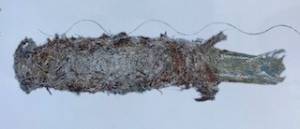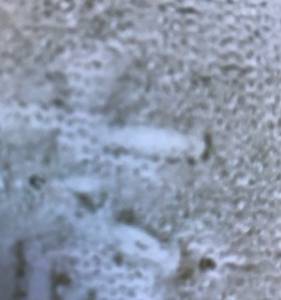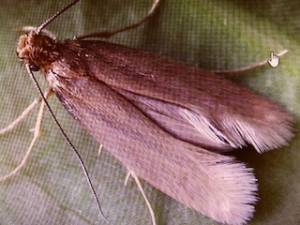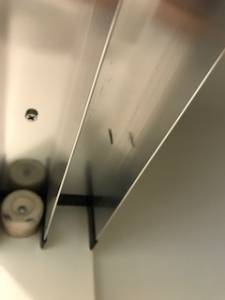Get Rid Of Clothes Moths
Clothes moths or casemaking clothes moths or even the webbing clothes moth; what are they, how long do they live for, what will they damage, how big are they and how to get rid of them, these are all questions I get fired at me whenever I’m called out to a job involving moths.
Clothes moths belong to the family Tineidae (Order Lepidoptera) the most well know species we have here in Australia is known as the casemaking clothes moth and the webbing clothes moth, both of which can cause severe damage.
Although these pests are small they can do a lot of damage to all sorts of items around a home, and some of them include, clothes, furniture, carpets, underlay, and stored goods, objects around the house that clothes moths like to feed on will originate from animal products.
The one I see the most of in customers’ homes and the one that I get described to me the most is the (casemaking clothes moth)
Woollen carpets are a big drawcard for these moths, and also other items like fur coats, many customers call us in a panic when their woollen carpet has been attacked.


Casemaking Larvae
Where damage has occurred to carpets, it’s usually one of two pests that a Brisbane pest control company would come across and they are either the clothes moth or the carpet beetle.
The larvae from these moths harbour in dark areas, such as wardrobes and under furniture, the adult moths are sensitive to light.
It’s only the larval stage that does any damage; the flying moth doesn’t do anything except lay more eggs and add to the problem but does no damage.
Where moths are found flying around a room, it’s a good sign of an infestation; it’s at this point when the most amount of damage is done.
Clothes Moth Life Cycle
The female lays her eggs on or in materials that will provide a valuable food supply for larval development.
The eggs will hatch within 5-10 days, and once hatched the feeding begins, they tend to prefer feeding in dark places, and this is why damage to carpet edges and under furniture is very common.


Casemaking Moth Larvae
The larvae look like a caterpillar and can be protected in a case or silken web tube that they construct. Where casings are found it would be the (Casemaking clothes moth – Tinea pellionella) and where silk tubes or webbing is found it would be the (Webbing clothes moth – Tineola bisselliella).
The casemaking clothes moth larvae will crawl upwards towards the ceilings and hang around the cornice or behind picture frames and are also very commonly found in wardrobes.
The webbing clothes moth larvae do not carry a casing around with them; they make a temporary tube to feed from.
The larvae feeding period can take anywhere between 2-6 months, this is greatly dependent upon the temperature.
The pupal stage of their life cycle is around 8-12 days; this will depend on the conditions they find themselves in.
Adult clothes moths don’t live for very long, they may only live for around 14 days, during this time they may not even feed.
What Do They Look Like
Both adult species can be up to about 10mm long and very similar in appearance, the webbing clothes moth is gold with reddish gold hairs on its wings. The casemaking clothes moth is very similar to the webbing clothes moth, but the wings are more of a brownish colour with faint dark spots.


(Tinea Pellionella) Casemaking Clothes Moth
When in the larvae stage they have a creamy white body and have a darkish head, they make a cocoon case or web where the larvae stage is developed.
In the case of the casemaking clothes moth, they will take the cocoon-like casing with them wherever they go. The casing can vary in colour, depending on the items in which they may be feeding on.


Tineola Bisselliella Webbing Clothes Moth
The Control Of Clothes Moths
A treatment for moths is a very details job; firstly a proper inspection of the property will have to be undertaken by a licensed pest controller that has had experience in getting rid of moths before.
It’s a good start to begin with a thorough pre-vacuum of the property, paying particular attention to wardrobes and under furniture.
Hiring a pest control company to come and just do a spray of a home for moths and their larvae isn’t going to work, it’s essential that an attempt is made first to remove as many of the existing casings before treatment begins.


Casemaking clothes moth in a cupboard
Carpet edges will also have to be vacuumed, this gives a clean surface for the insecticide to be placed, and it also gets rid of any moth larvae that may be on the surface of the carpet.
As with most things in life, preparation is the key; too successful treatments and only a company that has a sound understanding of these pests will prepare the site adequately before the procedure starts.
After the initial treatment, a second visit around ten days later will have to be arranged to do a final inspection to ensure all moths and casing have been eliminated?

